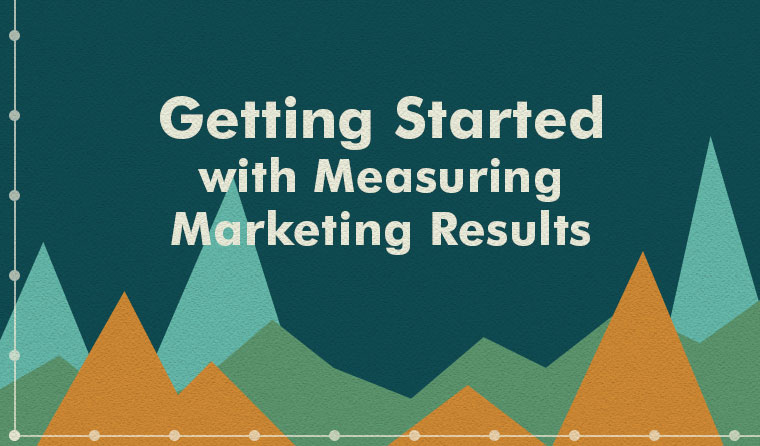KPIs to Conversions: Measuring Marketing Success

From attribution models to cross-device conversions, measuring your marketing results can be overwhelming. Many marketers and business owners may not even know where to start. Measuring your results provides valuable insight into your business and can help you optimize your marketing efforts to increase sales and revenue. Ready to create a measurement plan for your business and harness the power of that data? Follow our tips below!
Define Success.
The first step in measuring your results is asking yourself this question: how do you define success in your marketing? Is it a phone call? A PDF whitepaper download? What about a contact form submission? This differs from business to business, but answering the question is critical to gauging the effectiveness of your efforts.
When it comes to digital marketing, there are two primary ways to track success: KPIs and conversions. Let’s take a closer look at both.
KPIs: Key Performance Indicators
Key Performance Indicator, or KPI, is a term that gets thrown around a lot in marketing and advertising circles. In order to measure your marketing success, it’s important to understand them fully. Here’s a definition:
A Key Performance Indicator (KPI) is a measurable value or result that shows how effective a marketing effort was and provides an evaluation on the level of success at reaching targets.
All of the examples of success mentioned above can be classified as KPIs. While a PDF whitepaper download doesn’t necessarily seem like success to most businesses, it could be a critical touchpoint for the sales team with long lead times. In short, it assists with a future conversion or sale.
KPIs are important because they paint a better picture of your audience. More importantly, for some businesses like restaurants or event venues, KPIs may be the only way to track marketing efforts. Let’s use restaurants as an example. Would clicking a “Get Directions” button be considered a success? Well, sort of. We want people to come to our restaurant, and people who are clicking on this button are pretty likely to become customers. It’s not a sure bet, but tracking these clicks at least helps us understand how many people might become customers as a result of our marketing efforts.
Conversions
KPIs are useful to track, but they aren’t exactly conversions. Marketers use the term “conversion” almost interchangeably with “KPI,” but they are actually two very different things. Conversions are rooted in the ecommerce world, where they represent actual sales. Conversion tracking, which usually uses a snippet of code, allows us to tie marketing campaigns to real purchases. This data is critical to the success of ecommerce campaigns.
Let’s Measure It!
So, now you’re probably wondering how your should start measuring your results. Here are a few pointers to get the ball rolling:
First, you need to determine the actions that indicate success for your business. Is a phone call what you are looking for? What about a form completion on your website? How about a PDF download? Businesses may use one, some or all of these examples. The key is to choose a metric or a variety of metrics that are the most likely to indicate a sale. Unless your lead times on sales are really long, don’t use a PDF download as your primary metric.
Don’t Stop There!
Once you decide on your metrics, you can take things one step further. It’s time to put a value on them! Taking the phone call example, do you have any idea of how many phone calls your sales team turns into actual sales? What is your average sale? This can be really difficult to determine, but if you know this information, you can better prioritize the marketing spend on the products or channels that grow your business.
Measuring your marketing campaigns provides actionable data that helps you optimize future advertising efforts, streamline spending and grow your business. It takes a little time up front, but the benefits will make it worth the extra effort.
